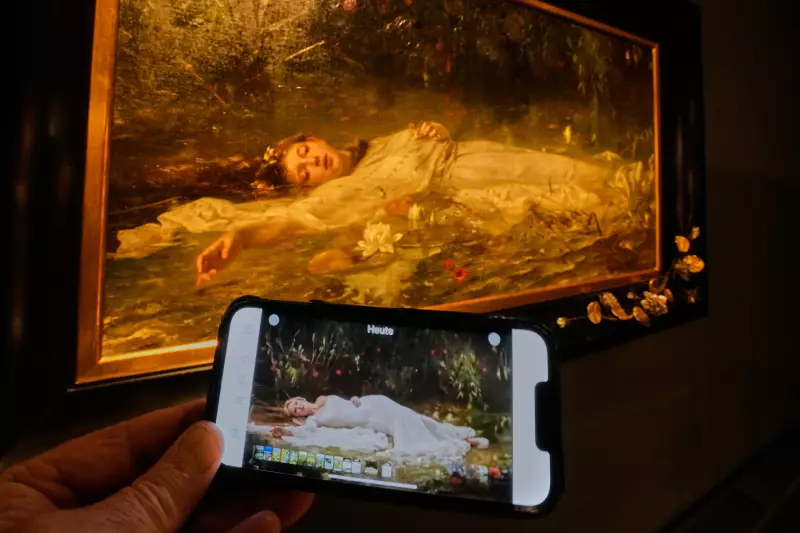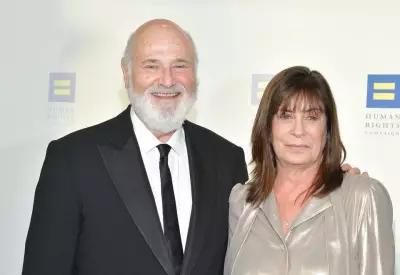
Move over, Mona Lisa—there's a new art world sensation drawing record-breaking crowds, and it's all thanks to Taylor Swift. The Kunsthalle Munich is experiencing an unprecedented surge in visitors as Swifties from around the world descend upon the German museum to see John Everett Millais' iconic Ophelia painting.
The Swift Effect on classical art is real and measurable. Museum attendance has skyrocketed by nearly 50% since Swift released her latest album, The Tortured Poets Department, which references the famous Pre-Raphaelite masterpiece in its lyrics. What was once a quiet appreciation society for 19th-century art has transformed into a pilgrimage site for dedicated Swift fans.
From Gallery Wallflower to Main Attraction
Before the Taylor Swift connection, Millais' Ophelia was certainly respected within art circles but didn't typically generate blockbuster lines. The 1851-52 painting depicts Shakespeare's tragic heroine from Hamlet floating in a stream, surrounded by meticulously detailed flora.
Now, the scene at the Kunsthalle resembles something closer to a concert venue than a traditional art museum. Visitors are lining up for hours, many wearing Taylor Swift merchandise and discussing album lyrics while waiting to view the painting that inspired their idol.
Museum Embraces the Phenomenon
Rather than resisting the sudden influx of non-traditional museum-goers, the Kunsthalle has leaned into the trend. Museum staff have developed special materials connecting the painting to Swift's work and are enjoying watching a new generation discover Pre-Raphaelite art.
"We've never seen anything like this," a museum representative noted. "While some purists might question the motivation, we're thrilled to see people engaging with art in any form. Many visitors are staying to explore our entire collection after seeing Ophelia."
The Power of Pop Culture Meets Art History
This isn't the first time pop culture has driven interest in classical art, but the scale of the Swift-inspired phenomenon is particularly remarkable. Social media is flooded with photos of the painting accompanied by Swift lyrics, creating a digital bridge between 19th-century art and contemporary music.
The phenomenon demonstrates how modern artists continue to draw inspiration from art history while simultaneously introducing their audiences to cultural touchstones they might otherwise never encounter.
As one young visitor perfectly captured the sentiment: "I came for Taylor, but stayed for the art. Now I want to learn more about the Pre-Raphaelites and Shakespeare."





